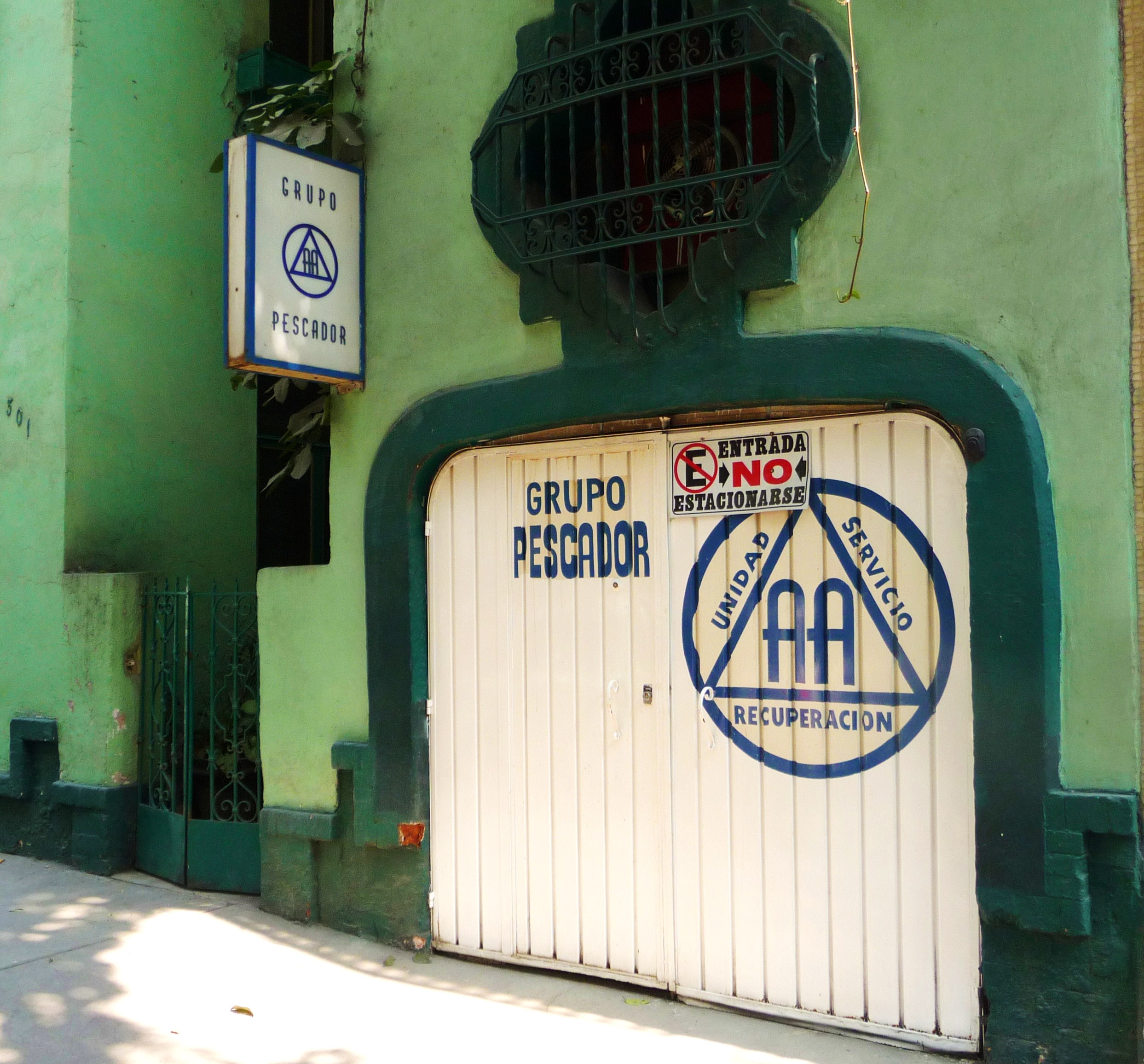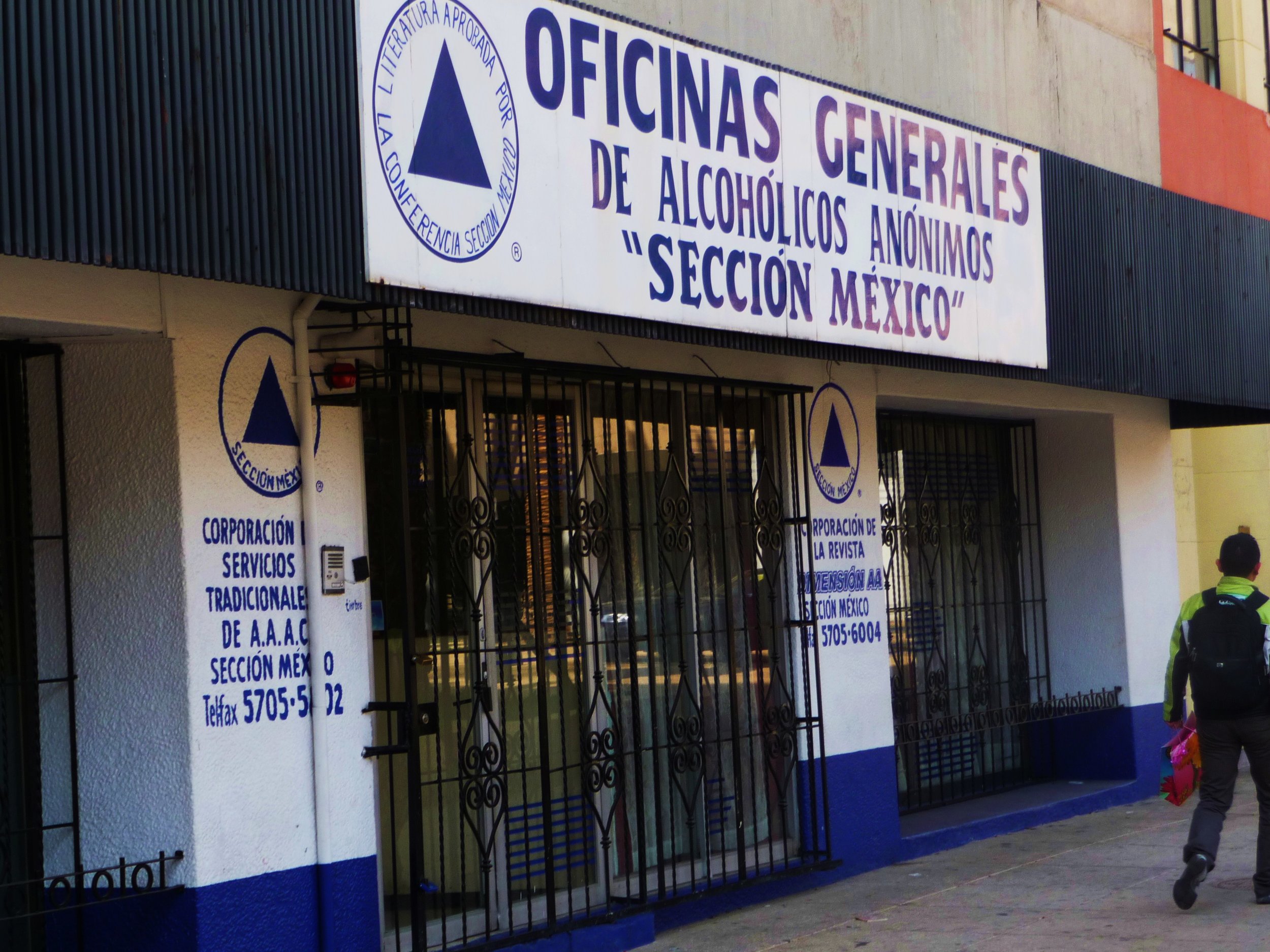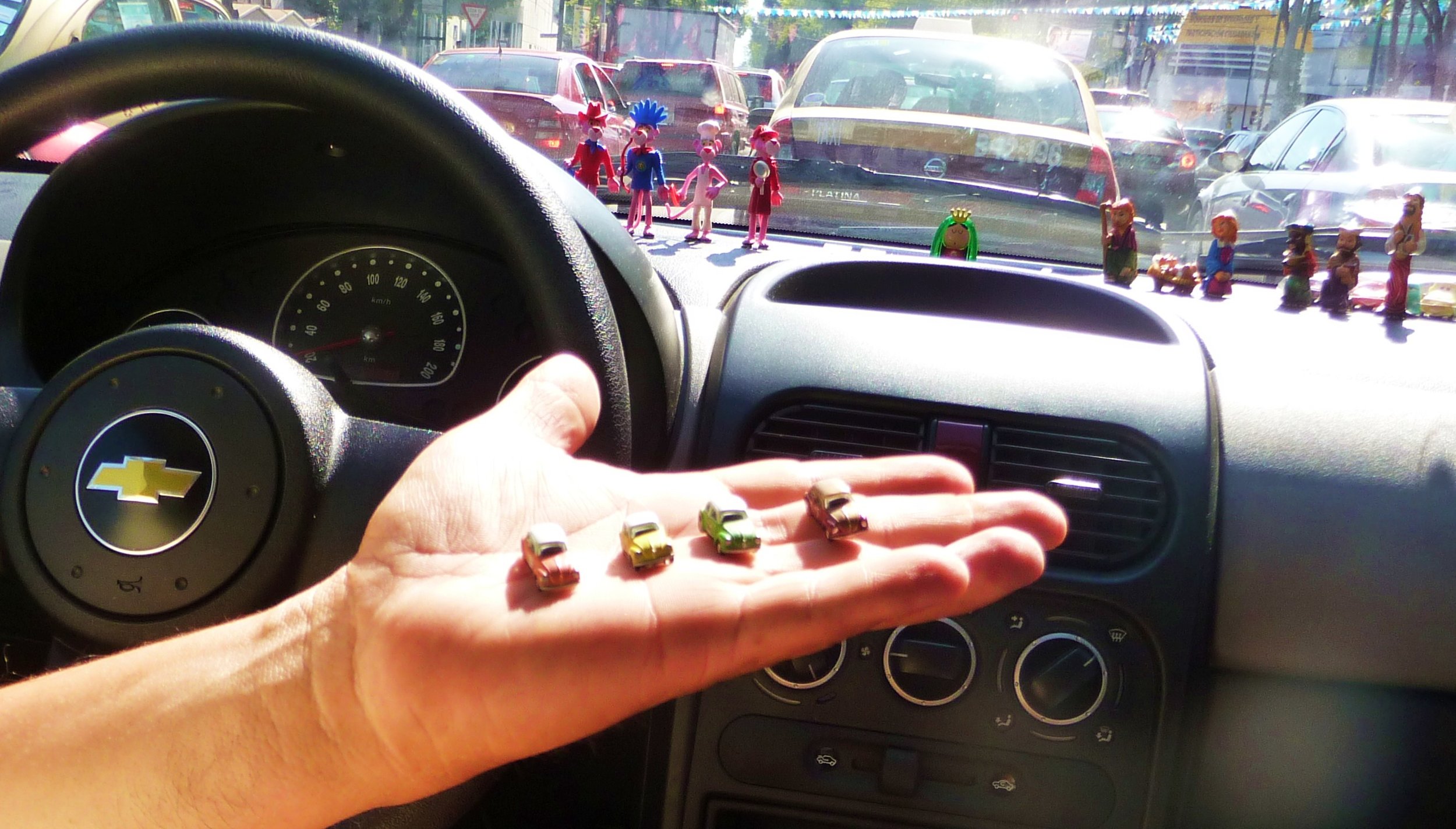You've been working at home all day. It's about three in the afternoon, Mexican lunch hour. Do you want to start to disinfect lettuce for a salad, to cook a meal? I didn't think so.

Go out and get some fresh air. Around the corner are various luncheonettes where you can sit at a sidewalk table (or inside if you're sensitive to the afternoon breeze) and eat a multicourse meal. Have a refreshing glass of agua de jamaica -- water flavored with dried hibiscus petals and a little sugar.

First, there's the soup course. How about chicken broth with fresh vegetables? You can doctor it with that lime and some fresh salsa.

Then there's rice, made with tomato and garlic. This is the equivalent to the pasta course in Italy.

On to the plato fuerte -- the main dish. One of today's specials is chicken with green tomatoes, served with black beans.

The best part is the fresh tortillas that accompany everything.

If you're like me, you want to sit next to the grill, so you can get them while they're hot.

It's hard to get worked up over the dessert course -- usually it's jello or flan out of a package, as shown here. Still, it's nice to have a little sweet at the end of the meal.

There are at least a couple of choices for each course, and several for the plato fuerte. This was my lunch the other day at El Rico Sazón, on Calle Puebla between Veracruz and Tampico in Colonia Roma Norte. It cost 40 pesos -- a little more than three dollars, or two euros, at the current exchange rate. Of course 40 pesos is close to a full day's minimum wage here, but that's a perennial hard-luck story.





